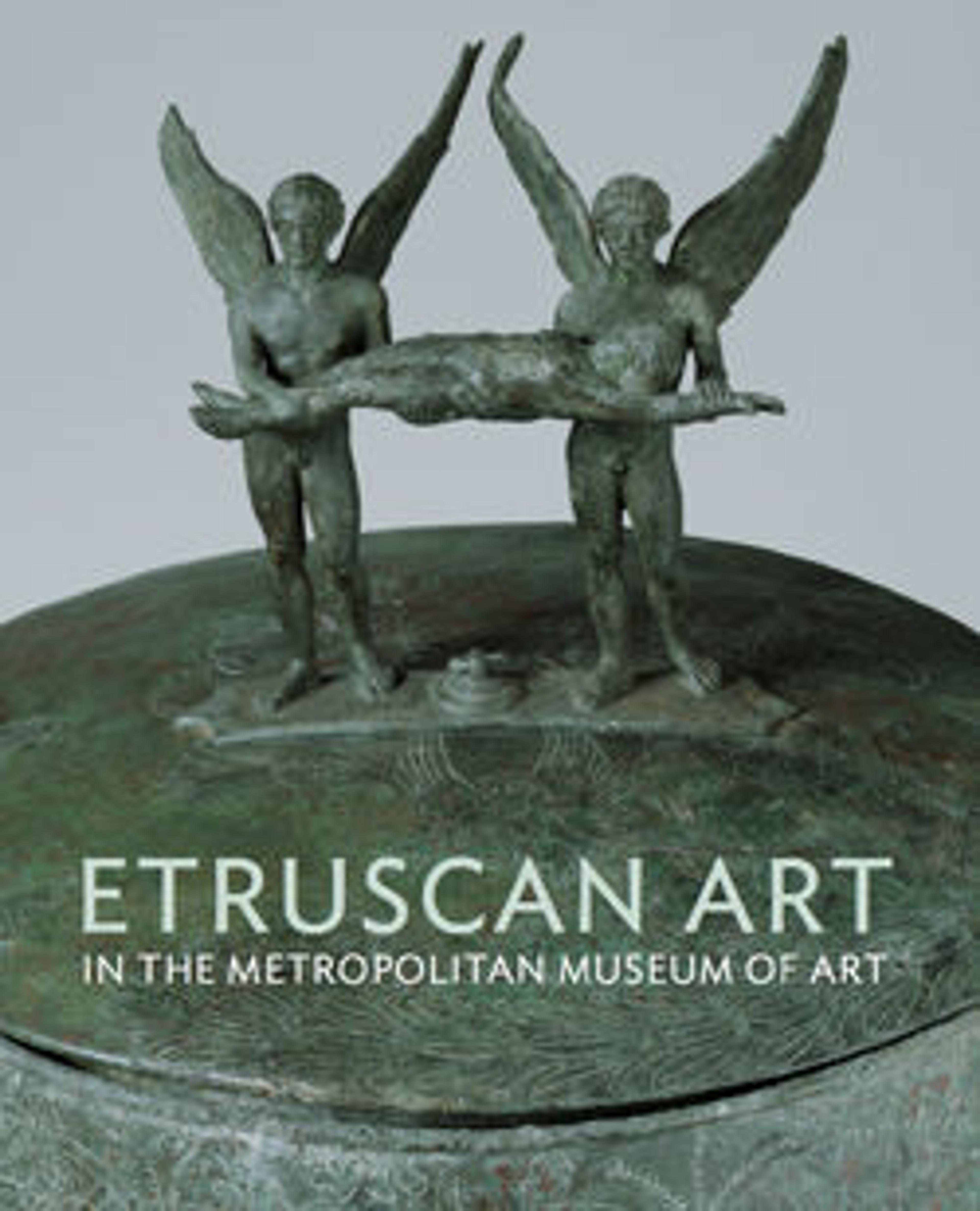Bronze handles from a large volute-krater (vase for mixing wine and water)
The handles have the distinctive shape associated with a type of krater made in Vulci and exported to Etruscan settlements as far away as Spina in Northern Italy. The youths wearing winged boots and holding the bridles of their horses are almost certainly the twin gods, Castur and Pultuce (Roman: Castor and Pollux), the sons of Zeus; the two are known in Etruscan as Tinas Cliniar. These are the largest and most elaborate handles of this type now extant.
Artwork Details
- Title:Bronze handles from a large volute-krater (vase for mixing wine and water)
- Period:Late Archaic
- Date:ca. 500–475 BCE
- Culture:Etruscan
- Medium:Bronze
- Dimensions:H. 9 in. (22.9 cm)
- Classification:Bronzes
- Credit Line:Fletcher Fund, 1961
- Object Number:61.11.4a, b
- Curatorial Department: Greek and Roman Art
More Artwork
Research Resources
The Met provides unparalleled resources for research and welcomes an international community of students and scholars. The Met's Open Access API is where creators and researchers can connect to the The Met collection. Open Access data and public domain images are available for unrestricted commercial and noncommercial use without permission or fee.
To request images under copyright and other restrictions, please use this Image Request form.
Feedback
We continue to research and examine historical and cultural context for objects in The Met collection. If you have comments or questions about this object record, please contact us using the form below. The Museum looks forward to receiving your comments.
